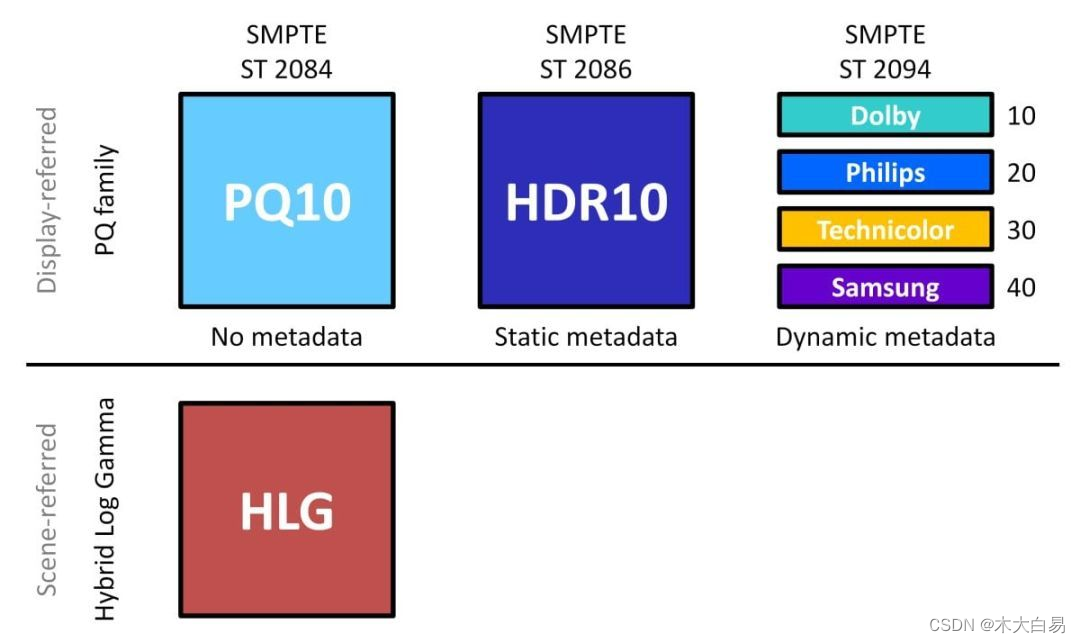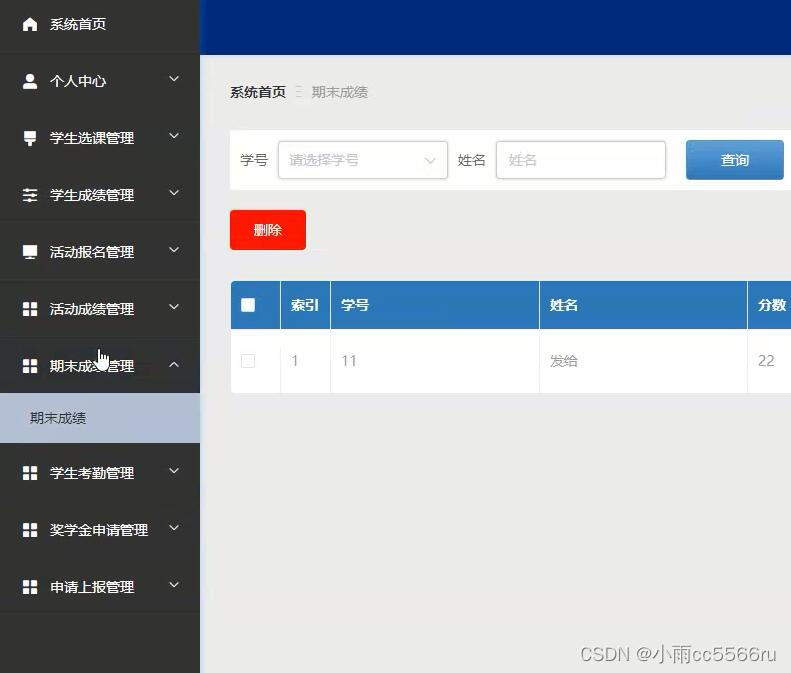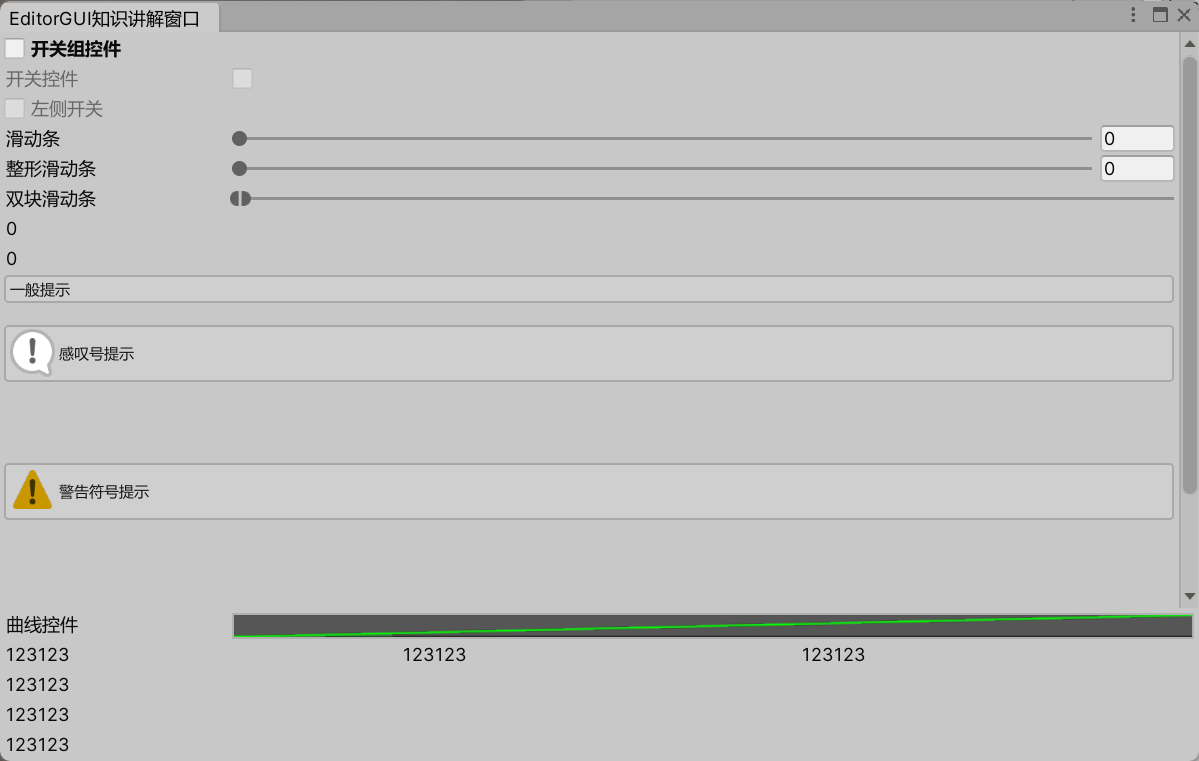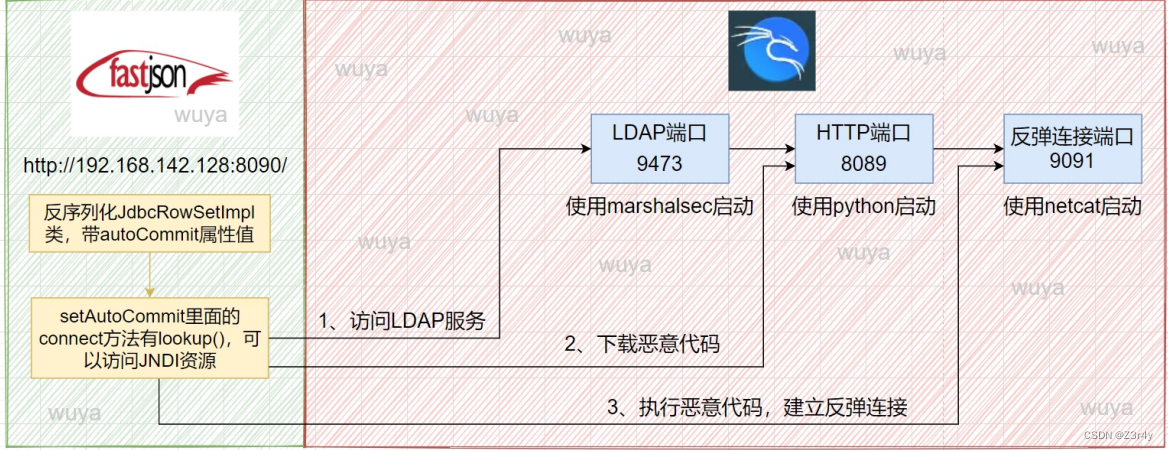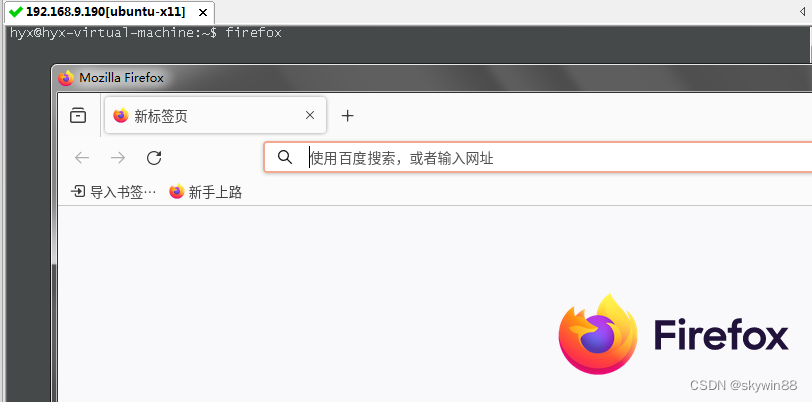什么是pstore
pstore最初是用于系统发生oops或panic时,自动保存内核log buffer中的日志。不过在当前内核版本中,其已经支持了更多的功能,如保存console日志、ftrace消息和用户空间日志。同时,它还支持将这些消息保存在不同的存储设备中,如内存、块设备或mtd设备。 为了提高灵活性和可扩展性,pstore将以上功能分别抽象为前端和后端,其中像dmesg、console等为pstore提供数据的模块称为前端,而内存设备、块设备等用于存储数据的模块称为后端,pstore core则分别为它们提供相关的注册接口。
通过模块化的设计,实现了前端和后端的解耦,因此若某些模块需要利用pstore保存信息,就可以方便地向pstore添加新的前端。而若需要将pstore数据保存到新的存储设备上,也可以通过向其添加后端设备的方式完成。
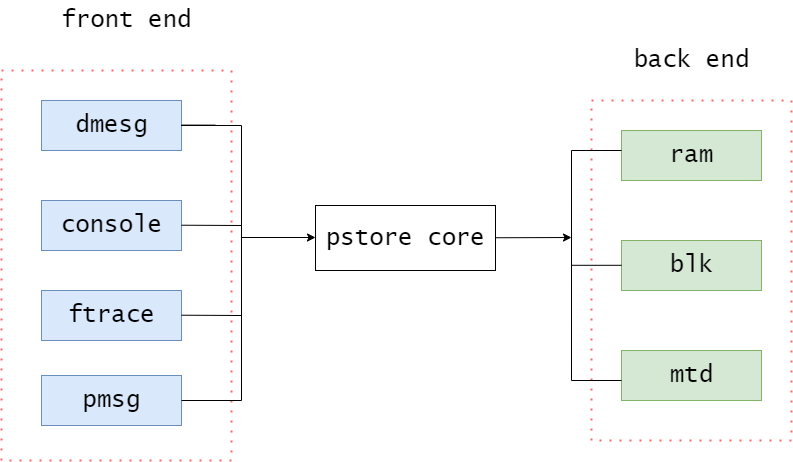
除此之外,pstore还设计了一套pstore文件系统,用于查询和操作上一次重启时已经保存的pstore数据。当该文件系统被挂载时,保存在backend中的数据将被读取到pstore fs中,并以文件的形式显示。
pstore工作原理
pstore 源文件主要有以下几个:fs/pstore/ram_core.c
fs/pstore/
├── ftrace.c # ftrace 前端的实现
├── inode.c # pstore 文件系统的注册与操作
├── internal.h
├── Kconfig
├── Makefile
├── platform.c # pstore 前后端功能的核心
├── pmsg.c # pmsg 前端的实现
├── ram.c # pstore/ram 后端的实现,dram空间分配与管理
├── ram_core.c # pstore/ram 后端的实现,dram的读写操作
文件创建
pstore文件系统位置在:
# ls /sys/fs/pstore
console-ramoops-0 dmesg-ramoops-0
控制台日志位于 pstore 目录下的console-ramoops文件中,因为采用console机制,该文件中的日志信息也受printk level控制,并不一定是全的。
oops/panic日志位于 pstore 目录下的dmesg-ramoops-x文件中,根据缓冲区大小可以有多个文件,x从0开始。
函数调用序列日志位于 pstore 目录下的ftrace-ramoops文件中。
相关代码在inode.c pstore_mkfile里:
/*
* Make a regular file in the root directory of our file system.
* Load it up with "size" bytes of data from "buf".
* Set the mtime & ctime to the date that this record was originally stored.
*/
int pstore_mkfile(enum pstore_type_id type, char *psname, u64 id, int count,
char *data, bool compressed, size_t size,
struct timespec time, struct pstore_info *psi)
{
........................
rc = -ENOMEM;
inode = pstore_get_inode(pstore_sb);
..............................
switch (type) {
case PSTORE_TYPE_DMESG:
scnprintf(name, sizeof(name), "dmesg-%s-%lld%s",
psname, id, compressed ? ".enc.z" : "");
break;
case PSTORE_TYPE_CONSOLE:
scnprintf(name, sizeof(name), "console-%s-%lld", psname, id);
break;
case PSTORE_TYPE_FTRACE:
scnprintf(name, sizeof(name), "ftrace-%s-%lld", psname, id);
break;
case PSTORE_TYPE_MCE:
scnprintf(name, sizeof(name), "mce-%s-%lld", psname, id);
break;
case PSTORE_TYPE_PPC_RTAS:
scnprintf(name, sizeof(name), "rtas-%s-%lld", psname, id);
break;
case PSTORE_TYPE_PPC_OF:
scnprintf(name, sizeof(name), "powerpc-ofw-%s-%lld",
psname, id);
break;
case PSTORE_TYPE_PPC_COMMON:
scnprintf(name, sizeof(name), "powerpc-common-%s-%lld",
psname, id);
break;
case PSTORE_TYPE_PMSG:
scnprintf(name, sizeof(name), "pmsg-%s-%lld", psname, id);
break;
case PSTORE_TYPE_PPC_OPAL:
sprintf(name, "powerpc-opal-%s-%lld", psname, id);
break;
case PSTORE_TYPE_UNKNOWN:
scnprintf(name, sizeof(name), "unknown-%s-%lld", psname, id);
break;
default:
scnprintf(name, sizeof(name), "type%d-%s-%lld",
type, psname, id);
break;
}
....................
dentry = d_alloc_name(root, name);
.......................
d_add(dentry, inode);
................
}
pstore_mkfile根据不同的type,使用snprintf函数生成文件名name。生成的文件名格式为<type>-<psname>-<id>,其中type是enum pstore_type_id类型的一个值,psname是给定的psname参数,id是给定的id参数。
接着使用d_alloc_name函数为根目录创建一个目录项dentry,最后使用d_add函数将目录项dentry与索引节点inode关联起来,将其添加到文件系统中。
pstore_register
ramoops负责把message write到某个ram区域上,platform负责从ram读取存到/sys/fs/pstore,ok,先来看机制代码platform.c。
backend需要用pstore_register来注册:
/*
* platform specific persistent storage driver registers with
* us here. If pstore is already mounted, call the platform
* read function right away to populate the file system. If not
* then the pstore mount code will call us later to fill out
* the file system.
*/
int pstore_register(struct pstore_info *psi)
{
struct module *owner = psi->owner;
if (backend && strcmp(backend, psi->name))
return -EPERM;
spin_lock(&pstore_lock);
if (psinfo) {
spin_unlock(&pstore_lock);
return -EBUSY;
}
if (!psi->write)
psi->write = pstore_write_compat;
if (!psi->write_buf_user)
psi->write_buf_user = pstore_write_buf_user_compat;
psinfo = psi;
mutex_init(&psinfo->read_mutex);
spin_unlock(&pstore_lock);
...
/*
* Update the module parameter backend, so it is visible
* through /sys/module/pstore/parameters/backend
*/
backend = psi->name;
module_put(owner);
backend判断确保一次只能有一个并记录了全局psinfo。
看下结构体pstore_info:
struct pstore_info {
struct module *owner;
char *name;
spinlock_t buf_lock; /* serialize access to 'buf' */
char *buf;
size_t bufsize;
struct mutex read_mutex; /* serialize open/read/close */
int flags;
int (*open)(struct pstore_info *psi);
int (*close)(struct pstore_info *psi);
ssize_t (*read)(u64 *id, enum pstore_type_id *type,
int *count, struct timespec *time, char **buf,
bool *compressed, ssize_t *ecc_notice_size,
struct pstore_info *psi);
int (*write)(enum pstore_type_id type,
enum kmsg_dump_reason reason, u64 *id,
unsigned int part, int count, bool compressed,
size_t size, struct pstore_info *psi);
int (*write_buf)(enum pstore_type_id type,
enum kmsg_dump_reason reason, u64 *id,
unsigned int part, const char *buf, bool compressed,
size_t size, struct pstore_info *psi);
int (*write_buf_user)(enum pstore_type_id type,
enum kmsg_dump_reason reason, u64 *id,
unsigned int part, const char __user *buf,
bool compressed, size_t size, struct pstore_info *psi);
int (*erase)(enum pstore_type_id type, u64 id,
int count, struct timespec time,
struct pstore_info *psi);
void *data;
};
name就是backend的name了。
*write和*write_buf_user如果backend没有给出会有个默认compat func,最终都走的*write_buf。
if (!psi->write)
psi->write = pstore_write_compat;
if (!psi->write_buf_user)
psi->write_buf_user = pstore_write_buf_user_compat;
static int pstore_write_compat(enum pstore_type_id type,
enum kmsg_dump_reason reason,
u64 *id, unsigned int part, int count,
bool compressed, size_t size,
struct pstore_info *psi)
{
return psi->write_buf(type, reason, id, part, psinfo->buf, compressed,
size, psi);
}
static int pstore_write_buf_user_compat(enum pstore_type_id type,
enum kmsg_dump_reason reason,
u64 *id, unsigned int part,
const char __user *buf,
bool compressed, size_t size,
struct pstore_info *psi)
{
...
ret = psi->write_buf(type, reason, id, part, psinfo->buf,
...
}
继续pstore注册:
if (pstore_is_mounted())
pstore_get_records(0);
如果pstore已经mounted,那就创建并填充文件by pstore_get_records:
/*
* Read all the records from the persistent store. Create
* files in our filesystem. Don't warn about -EEXIST errors
* when we are re-scanning the backing store looking to add new
* error records.
*/
void pstore_get_records(int quiet)
{
struct pstore_info *psi = psinfo; //tj: global psinfo
...
mutex_lock(&psi->read_mutex);
if (psi->open && psi->open(psi))
goto out;
while ((size = psi->read(&id, &type, &count, &time, &buf, &compressed,
&ecc_notice_size, psi)) > 0) {
if (compressed && (type == PSTORE_TYPE_DMESG)) {
if (big_oops_buf)
unzipped_len = pstore_decompress(buf,
big_oops_buf, size,
big_oops_buf_sz);
if (unzipped_len > 0) {
if (ecc_notice_size)
memcpy(big_oops_buf + unzipped_len,
buf + size, ecc_notice_size);
kfree(buf);
buf = big_oops_buf;
size = unzipped_len;
compressed = false;
} else {
pr_err("decompression failed;returned %d\n",
unzipped_len);
compressed = true;
}
}
rc = pstore_mkfile(type, psi->name, id, count, buf,
compressed, size + ecc_notice_size,
time, psi);
if (unzipped_len < 0) {
/* Free buffer other than big oops */
kfree(buf);
buf = NULL;
} else
unzipped_len = -1;
if (rc && (rc != -EEXIST || !quiet))
failed++;
}
if (psi->close)
psi->close(psi);
out:
mutex_unlock(&psi->read_mutex);
if needed,call pstore_decompress解压然后创建pstore文件by vfs接口pstore_mkfile。
pstore注册接下来是按类别分别注册:
if (psi->flags & PSTORE_FLAGS_DMESG)
pstore_register_kmsg();
if (psi->flags & PSTORE_FLAGS_CONSOLE)
pstore_register_console();
if (psi->flags & PSTORE_FLAGS_FTRACE)
pstore_register_ftrace();
if (psi->flags & PSTORE_FLAGS_PMSG)
pstore_register_pmsg();
psi->flags仍是由backend决定,只看pstore_register_kmsg和pstore_register_console。
pstore panic log注册
static struct kmsg_dumper pstore_dumper = {
.dump = pstore_dump,
};
/*
* Register with kmsg_dump to save last part of console log on panic.
*/
static void pstore_register_kmsg(void)
{
kmsg_dump_register(&pstore_dumper);
}
pstore_dump最终会call backend的write,直接用全局psinfo。
/*
* callback from kmsg_dump. (s2,l2) has the most recently
* written bytes, older bytes are in (s1,l1). Save as much
* as we can from the end of the buffer.
*/
static void pstore_dump(struct kmsg_dumper *dumper,
enum kmsg_dump_reason reason)
{
...
ret = psinfo->write(PSTORE_TYPE_DMESG, reason, &id, part,
oopscount, compressed, total_len, psinfo);
kmsg_dump_register是内核一种增加log dumper方法,called when kernel oopses or panic。
/**
* kmsg_dump_register - register a kernel log dumper.
* @dumper: pointer to the kmsg_dumper structure
*
* Adds a kernel log dumper to the system. The dump callback in the
* structure will be called when the kernel oopses or panics and must be
* set. Returns zero on success and %-EINVAL or %-EBUSY otherwise.
*/
int kmsg_dump_register(struct kmsg_dumper *dumper)
{
unsigned long flags;
int err = -EBUSY;
/* The dump callback needs to be set */
if (!dumper->dump)
return -EINVAL;
spin_lock_irqsave(&dump_list_lock, flags);
/* Don't allow registering multiple times */
if (!dumper->registered) {
dumper->registered = 1;
list_add_tail_rcu(&dumper->list, &dump_list);
err = 0;
}
spin_unlock_irqrestore(&dump_list_lock, flags);
return err;
}
/**
* kmsg_dump - dump kernel log to kernel message dumpers.
* @reason: the reason (oops, panic etc) for dumping
*
* Call each of the registered dumper's dump() callback, which can
* retrieve the kmsg records with kmsg_dump_get_line() or
* kmsg_dump_get_buffer().
*/
void kmsg_dump(enum kmsg_dump_reason reason)
{
struct kmsg_dumper *dumper;
unsigned long flags;
if ((reason > KMSG_DUMP_OOPS) && !always_kmsg_dump)
return;
rcu_read_lock();
list_for_each_entry_rcu(dumper, &dump_list, list) {
if (dumper->max_reason && reason > dumper->max_reason)
continue;
/* initialize iterator with data about the stored records */
dumper->active = true;
raw_spin_lock_irqsave(&logbuf_lock, flags);
dumper->cur_seq = clear_seq;
dumper->cur_idx = clear_idx;
dumper->next_seq = log_next_seq;
dumper->next_idx = log_next_idx;
raw_spin_unlock_irqrestore(&logbuf_lock, flags);
/* invoke dumper which will iterate over records */
dumper->dump(dumper, reason);
/* reset iterator */
dumper->active = false;
}
rcu_read_unlock();
}
pstore console 注册
static struct console pstore_console = {
.name = "pstore",
.write = pstore_console_write,
.flags = CON_PRINTBUFFER | CON_ENABLED | CON_ANYTIME,
.index = -1,
};
static void pstore_register_console(void)
{
register_console(&pstore_console);
}
->write最终也会call backend write:
#ifdef CONFIG_PSTORE_CONSOLE
static void pstore_console_write(struct console *con, const char *s, unsigned c)
{
const char *e = s + c;
while (s < e) {
unsigned long flags;
u64 id;
if (c > psinfo->bufsize)
c = psinfo->bufsize;
if (oops_in_progress) {
if (!spin_trylock_irqsave(&psinfo->buf_lock, flags))
break;
} else {
spin_lock_irqsave(&psinfo->buf_lock, flags);
}
memcpy(psinfo->buf, s, c);
psinfo->write(PSTORE_TYPE_CONSOLE, 0, &id, 0, 0, 0, c, psinfo); // tj: here
spin_unlock_irqrestore(&psinfo->buf_lock, flags);
s += c;
c = e - s;
}
}
ramoops
下面来看下RAM backend: ramoops,先看probe:
static int ramoops_probe(struct platform_device *pdev)
{
struct device *dev = &pdev->dev;
struct ramoops_platform_data *pdata = dev->platform_data;
...
if (!pdata->mem_size || (!pdata->record_size && !pdata->console_size &&
!pdata->ftrace_size && !pdata->pmsg_size)) {
pr_err("The memory size and the record/console size must be "
"non-zero\n");
goto fail_out;
}
...
cxt->size = pdata->mem_size;
cxt->phys_addr = pdata->mem_address;
cxt->memtype = pdata->mem_type;
cxt->record_size = pdata->record_size;
cxt->console_size = pdata->console_size;
cxt->ftrace_size = pdata->ftrace_size;
cxt->pmsg_size = pdata->pmsg_size;
cxt->dump_oops = pdata->dump_oops;
cxt->ecc_info = pdata->ecc_info;
pdata应该来源ramoops_register_dummy:
static void ramoops_register_dummy(void)
{
...
pr_info("using module parameters\n");
dummy_data = kzalloc(sizeof(*dummy_data), GFP_KERNEL);
if (!dummy_data) {
pr_info("could not allocate pdata\n");
return;
}
dummy_data->mem_size = mem_size;
dummy_data->mem_address = mem_address;
dummy_data->mem_type = mem_type;
dummy_data->record_size = record_size;
dummy_data->console_size = ramoops_console_size;
dummy_data->ftrace_size = ramoops_ftrace_size;
dummy_data->pmsg_size = ramoops_pmsg_size;
dummy_data->dump_oops = dump_oops;
/*
* For backwards compatibility ramoops.ecc=1 means 16 bytes ECC
* (using 1 byte for ECC isn't much of use anyway).
*/
dummy_data->ecc_info.ecc_size = ramoops_ecc == 1 ? 16 : ramoops_ecc;
dummy = platform_device_register_data(NULL, "ramoops", -1,
dummy_data, sizeof(struct ramoops_platform_data));
有几个可配参数:
/*
* Ramoops platform data
* @mem_size memory size for ramoops
* @mem_address physical memory address to contain ramoops
*/
struct ramoops_platform_data {
unsigned long mem_size;
phys_addr_t mem_address;
unsigned int mem_type;
unsigned long record_size;
unsigned long console_size;
unsigned long ftrace_size;
unsigned long pmsg_size;
int dump_oops;
struct persistent_ram_ecc_info ecc_info;
};
mem_size:用于Ramoops的内存大小,表示分配给Ramoops的物理内存的大小。mem_address:用于Ramoops的物理内存地址,指定用于存储Ramoops的物理内存的起始地址。mem_type:内存类型,用于进一步描述内存的属性和特征。record_size:每个记录的大小console_size:控制台记录的大小ftrace_size:Ftrace记录的大小pmsg_size:pmsg消息记录的大小dump_oops:是否转储oops信息的标志,表示是否将oops信息转储到Ramoops中。ecc_info:RAM的ECC(纠错码)信息,用于提供关于ECC配置和处理的详细信息。
有个结构表示了ramoops的context:
struct ramoops_context {
struct persistent_ram_zone **przs;
struct persistent_ram_zone *cprz;
struct persistent_ram_zone *fprz;
struct persistent_ram_zone *mprz;
phys_addr_t phys_addr;
unsigned long size;
unsigned int memtype;
size_t record_size;
size_t console_size;
size_t ftrace_size;
size_t pmsg_size;
int dump_oops;
struct persistent_ram_ecc_info ecc_info;
unsigned int max_dump_cnt;
unsigned int dump_write_cnt;
/* _read_cnt need clear on ramoops_pstore_open */
unsigned int dump_read_cnt;
unsigned int console_read_cnt;
unsigned int ftrace_read_cnt;
unsigned int pmsg_read_cnt;
struct pstore_info pstore;
};
在ramoops_probe时也是把ramoops_platform_data的成员赋给了context对应的。要了解具体含义,继续probe:
paddr = cxt->phys_addr;
dump_mem_sz = cxt->size - cxt->console_size - cxt->ftrace_size
- cxt->pmsg_size;
err = ramoops_init_przs(dev, cxt, &paddr, dump_mem_sz);
if (err)
goto fail_out;
err = ramoops_init_prz(dev, cxt, &cxt->cprz, &paddr,
cxt->console_size, 0);
if (err)
goto fail_init_cprz;
err = ramoops_init_prz(dev, cxt, &cxt->fprz, &paddr, cxt->ftrace_size,
LINUX_VERSION_CODE);
if (err)
goto fail_init_fprz;
err = ramoops_init_prz(dev, cxt, &cxt->mprz, &paddr, cxt->pmsg_size, 0);
if (err)
goto fail_init_mprz;
cxt->pstore.data = cxt;
可见,是逐个init每个persistant ram zone,size一共有4段:
dump_mem_sz + cxt->console_size + cxt->ftrace_size + cxt->pmsg_size = cxt->size
mem_size就是总大小了,mem_address是ramoops的物理地址,record_size再看下oops/panic ram:
static int ramoops_init_przs(struct device *dev, struct ramoops_context *cxt,
phys_addr_t *paddr, size_t dump_mem_sz)
{
int err = -ENOMEM;
int i;
if (!cxt->record_size)
return 0;
if (*paddr + dump_mem_sz - cxt->phys_addr > cxt->size) {
dev_err(dev, "no room for dumps\n");
return -ENOMEM;
}
cxt->max_dump_cnt = dump_mem_sz / cxt->record_size;
if (!cxt->max_dump_cnt)
return -ENOMEM;
ok dump_mem_size大小的区域分成max_dump_cnt个,每个记录大小是record_size。
接着会call persistent_ram_new来分配内存给这个ram zone。
for (i = 0; i < cxt->max_dump_cnt; i++) {
cxt->przs[i] = persistent_ram_new(*paddr, cxt->record_size, 0,
&cxt->ecc_info,
cxt->memtype, 0);
console/ftrace/pmsg ram zone同上分配。
最后处理flags并注册pstore:
cxt->pstore.flags = PSTORE_FLAGS_DMESG; //tj: 默认dump oops/panic
if (cxt->console_size)
cxt->pstore.flags |= PSTORE_FLAGS_CONSOLE;
if (cxt->ftrace_size)
cxt->pstore.flags |= PSTORE_FLAGS_FTRACE;
if (cxt->pmsg_size)
cxt->pstore.flags |= PSTORE_FLAGS_PMSG;
err = pstore_register(&cxt->pstore);
if (err) {
pr_err("registering with pstore failed\n");
goto fail_buf;
}
来看下ramoops pstore的定义的callback,他们通过全局psinfo而来:
static struct ramoops_context oops_cxt = {
.pstore = {
.owner = THIS_MODULE,
.name = "ramoops",
.open = ramoops_pstore_open,
.read = ramoops_pstore_read, // psi->read
.write_buf = ramoops_pstore_write_buf, //for non pmsg
.write_buf_user = ramoops_pstore_write_buf_user, //for pmsg
.erase = ramoops_pstore_erase,
},
};
pstore使用方法
ramoops
配置内核
CONFIG_PSTORE=y
CONFIG_PSTORE_CONSOLE=y
CONFIG_PSTORE_PMSG=y
CONFIG_PSTORE_RAM=y
CONFIG_PANIC_TIMEOUT=-1
由于log数据存放于DDR,不能掉电,只能依靠自动重启机制来查看,故而要配置:CONFIG_PANIC_TIMEOUT,让系统在 panic 后能自动重启。
dts
ramoops_mem: ramoops_mem {
reg = <0x0 0x110000 0x0 0xf0000>;
reg-names = "ramoops_mem";
};
ramoops {
compatible = "ramoops";
record-size = <0x0 0x20000>;
console-size = <0x0 0x80000>;
ftrace-size = <0x0 0x00000>;
pmsg-size = <0x0 0x50000>;
memory-region = <&ramoops_mem>;
};
mtdoops
内核配置
CONFIG_PSTORE=y
CONFIG_PSTORE_CONSOLE=y
CONFIG_PSTORE_PMSG=y
CONFIG_MTD_OOPS=y
CONFIG_MAGIC_SYSRQ=y
分区配置
cmdline方式:
bootargs = "console=ttyS1,115200 loglevel=8 rootwait root=/dev/mtdblock5 rootfstype=squashfs mtdoops.mtddev=pstore";
blkparts = "mtdparts=spi0.0:64k(spl)ro,256k(uboot)ro,64k(dtb)ro,128k(pstore),3m(kernel)ro,4m(rootfs)ro,-(data)";
part of方式:
bootargs = "console=ttyS1,115200 loglevel=8 rootwait root=/dev/mtdblock5 rootfstype=squashfs mtdoops.mtddev=pstore";
partition@60000 {
label = "pstore";
reg = <0x60000 0x20000>;
};
blkoops
配置内核
CONFIG_PSTORE=y
CONFIG_PSTORE_CONSOLE=y
CONFIG_PSTORE_PMSG=y
CONFIG_PSTORE_BLK=y
CONFIG_MTD_PSTORE=y
CONFIG_MAGIC_SYSRQ=y
配置分区
cmdline方式:
bootargs = "console=ttyS1,115200 loglevel=8 rootwait root=/dev/mtdblock5 rootfstype=squashfs pstore_blk.blkdev=pstore";
blkparts = "mtdparts=spi0.0:64k(spl)ro,256k(uboot)ro,64k(dtb)ro,128k(pstore),3m(kernel)ro,4m(rootfs)ro,-(data)";
part of方式:
bootargs = "console=ttyS1,115200 loglevel=8 rootwait root=/dev/mtdblock5 rootfstype=squashfs pstore_blk.blkdev=pstore";
partition@60000 {
label = "pstore";
reg = <0x60000 0x20000>;
};
pstore fs
挂载pstore文件系统
mount -t pstore pstore /sys/fs/pstore
挂载后,通过mount能看到类似这样的信息:
# mount
pstore on /sys/fs/pstore type pstore (rw,relatime)
如果需要验证,可以这样主动触发内核崩溃:
# echo c > /proc/sysrq-trigger
不同配置方式日志名称不同
ramoops
# mount -t pstore pstore /sys/fs/pstore/
# cd /sys/fs/pstore/
# ls
console-ramoops-0 dmesg-ramoops-0 dmesg-ramoops-1
mtdoops
# cat /dev/mtd3 > 1.txt
# cat 1.txt
blkoops
cd /sys/fs/pstore/
ls
dmesg-pstore_blk-0 dmesg-pstore_blk-1
总结
pstore setup 流程:
ramoops_init
ramoops_register_dummy
ramoops_probe
ramoops_register
查看 pstore 数据保存流程:
register a pstore_dumper
// when panic happens, kmsg_dump is called
call dumper->dump
pstore_dump
查看 pstore 数据读取流程:
ramoops_probe
persistent_ram_post_init
pstore_register
pstore_get_records
ramoops_pstore_read
pstore_decompress (only for dmesg)
pstore_mkfile (save to files)
本文参考
https://heapdump.cn/article/1961461
https://blog.csdn.net/u013836909/article/details/129894795
https://zhuanlan.zhihu.com/p/545560128
https://docs.kernel.org/admin-guide/pstore-blk.html

